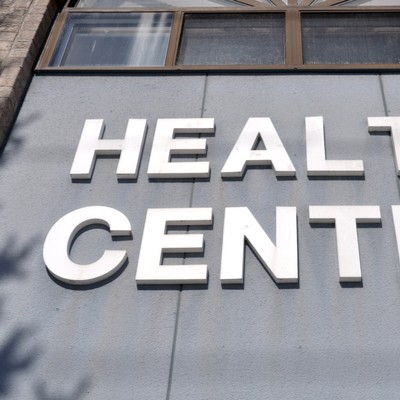Mental Health,Substance Use

Michigan at a crossroads: CHRT highlights key health policy issues for the incoming gubernatorial administration
The Michigan government has jurisdiction over a wide array of health policy issues. From the regulation of insurance products, to oversight of the state’s Medicaid program, to investing in local public health efforts, Michigan policymakers craft policies and budgets that impact the health of millions of Michiganders. This brief provides an overview of four key and timely health policy topics: …
Read more >
Bipartisan Budget Act adds $3B for substance abuse, mental health, more
The Bipartisan Budget Act was signed into law on February 9, 2018. While the main purpose of the legislation is to temporarily fund the federal government through March 23, 2018, it also includes an agreement to raise the caps on domestic and military spending for the next two years. The legislation includes many health care policies, as well. The health care …
Read more >
The impact of the ACA on community mental health and substance abuse services: Experience in three Great Lakes states
The Affordable Care Act (ACA) allowed states to expand Medicaid coverage to low-income childless adults, many of whom receive specialty mental health and substance use services through community mental health systems. Leading up to the passage of the ACA, community mental health providers and their professional associations were generally supportive of expanding Medicaid under the ACA. Medicaid covers specialty services …
Read more >
The Effects of the Affordable Care Act on Federally Qualified Health Centers in Michigan
Federally Qualified Health Centers (FQHCs) form a critical part of the health care safety net, providing essential primary care services to people with limited health care access. The Affordable Care Act (ACA) increased FQHC funding from 2010 through 2015 and significantly expanded the insured population beginning in 2014. The purpose of this brief is to describe how the overall experience …
Read more >
Wellness program participation
This brief examines the characteristics of Michigan residents who reported being invited to participate in wellness programs and their perceptions of these programs. The brief is based on data from the Center for Healthcare Research & Transformation’s (CHRT) 2015 Cover Michigan Survey of Michigan adults, fielded between October and December 2015. Wellness programs have grown increasingly common in recent years. …
Read more >
Effects of the Affordable Care Act on the Health Care Safety Net in Detroit
Since its passage in 2010, the Affordable Care Act (ACA) has introduced a series of health care financing and delivery reforms to expand coverage, invest in health care infrastructure, and implement changes to improve quality and costs. In 2014, the ACA’s coverage expansion began in Michigan through the launches of the health insurance marketplaces on January 1 and the Healthy …
Read more >
Prevalence, medication, and therapy variations for child Attention Deficit Hyperactivity Disorder (ADHD) in Michigan
This brief examines ADHD treatment for Michigan children (aged 4 to 17), including medication and behavioral therapy, and regional variation in treatment patterns. Attention deficit hyperactivity disorder (ADHD) is the most common neurobiological disorder among children in the U.S. Hyperactivity, impulsiveness, and difficulty staying focused or paying attention are common symptoms of ADHD, and may continue into adulthood. Children with ADHD …
Read more >
Uncoordinated prescription opioid use in Michigan
Prescription opioids such as morphine, oxycodone, and hydrocodone provide pain relief to patients with chronic pain. However, these drugs also pose safety risks to patients. Opioid use can cause respiratory depression, resulting in overdose or death. As prescription opioids have been used more extensively for pain control in the past two decades due to changing practice guidelines, overdose deaths surged …
Read more >
Affordable Care Act trend analysis: Michigan’s safety net providers and clients
This brief looks at trends between 2008 and 2014 with regard to Michigan federally qualified health centers (FQHCs) and free clinics. We find that more Michigan patients are receiving care at FQHCs and some free clinics are converting to FQHCs. In 2014, the Affordable Care Act’s (ACA) major coverage expansions—the individual health insurance marketplace and Medicaid expansion—significantly altered the health …
Read more >
Commercial accountable care organization products: Market leaders and trends
In 2006, Elliott Fisher of Dartmouth coined the term “accountable care.” Accountable care arrangements are based on three principles: Accountability for quality: A group of providers is clinically and financially responsible for the entire continuum of care for a group of patients. Depending on the arrangement, providers, hospitals, and health insurers may share responsibility for the patients’ care. Shared savings: …
Read more >